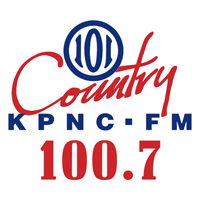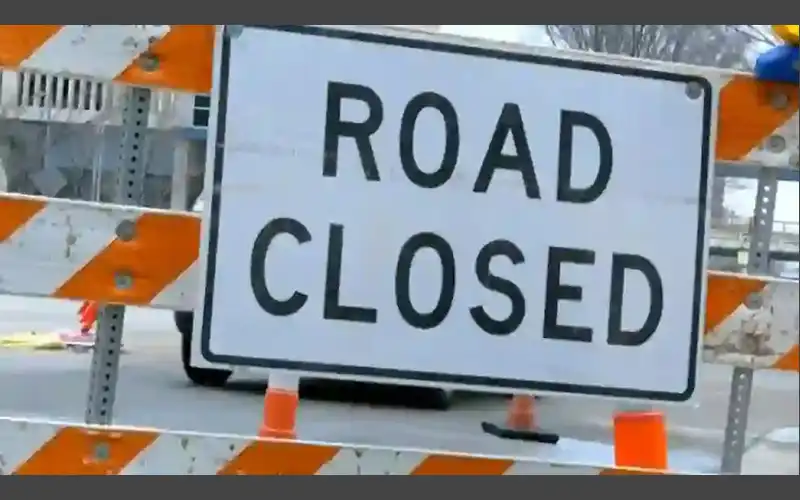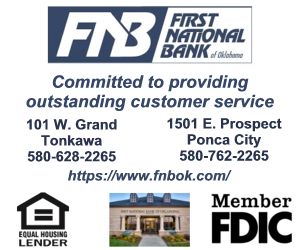OKLAHOMA CITY –
Poor road conditions, traffic congestion and safety deficiencies are costing Oklahoma drivers a total of $6.3 billion each year, according to a report by TRIP, a national transportation research nonprofit.
According to the report, aging infrastructure and inadequate investment are key contributors to increased vehicle operating costs, wasted time and fuel, and traffic crash-related expenses. Those expenses cost on average $2,571 per motorist in the Oklahoma City area.
Additional findings point to a potential threat to Oklahoma’s economic growth if funding for roads, highways and bridges is not increased.
Statewide, nearly half of Oklahoma’s major locally and state-maintained roads are in poor or mediocre condition, while 8% of bridges are rated as structurally deficient. In Oklahoma City, 53% of major roads are in poor or mediocre shape, and 5% of bridges fall into the structurally deficient category.
Congestion alone costs the average Oklahoma City driver $1,124 per year, resulting in 54 hours of lost time and 22 gallons of wasted fuel annually. Statewide, delays and congestion account for $2.4 billion in economic losses each year.
The report also says traffic crashes are a significant burden. From 2019 to 2023, 3,462 people died in crashes across Oklahoma. The state’s 2023 traffic fatality rate — 1.53 deaths per 100 million miles traveled — was the ninth highest in the nation. In Oklahoma City, an average of 131 people died in traffic incidents annually between 2018 and 2022, contributing to a $471-per-driver cost related to roadway safety issues.
“Investment in our state’s infrastructure needs to remain a priority,” said Bobby Stem, executive director of the Association of Oklahoma General Contractors.
Oklahoma’s infrastructure is funded through a combination of local, state and federal sources. Though the federal Infrastructure Investment and Jobs Act (IIJA), enacted in 2021, provides $4.4 billion for road and bridge improvements in the state, it is set to expire in September 2026, raising concerns about long-term project funding.
Transportation officials and business leaders warn that rising construction costs and stagnant fuel tax revenues, exacerbated by inflation and growing electric vehicle adoption, may limit the state’s ability to maintain and improve its infrastructure.
“Oklahoma ranks seventh in the nation in transportation infrastructure, which shows our past investments work,” said Brent Skarky, senior vice president of communications for The State Chamber of Oklahoma. “But continued investment is necessary to support economic development.”
The TRIP report underscores the economic stakes. In 2023, Oklahoma moved 431 million tons of freight worth $295 billion, with projections showing freight volumes could increase by 53% in weight and 90% in value by 2050.
Infrastructure investments support 51,000 full-time jobs across Oklahoma, with nearly 800,000 additional jobs in key industries relying on a reliable transportation system.
“It will be critical that Oklahoma adequately invest in its transportation network,” said Dave Kearby, TRIP’s executive director. “Without additional funding, many needed improvements won’t move forward.”
































